Your Shower is a Secret Wellness Tool—Here’s How to Use It
For years, I’ve worked with everyone from elite athletes trying to recover faster to office workers just trying to get through the day without back pain. And you know one of the simplest, most effective tools I recommend? The good old-fashioned warm shower. It’s so easy to overlook. We think of it as just a way to get clean, but honestly, it’s one of the most accessible therapeutic tools we have at our disposal.
In this article
Early on, I realized just telling someone to “take a warm shower” was pretty useless advice. They’d nod, but they wouldn’t get the real benefits. The magic is in the details. How warm? For how long? And for what purpose? This isn’t about the endless debate between hot and cold showers—they’re both great for different things. Cold water is like a shot of espresso for your system. But warm water… warm water is a signal to your body to stand down, relax, and start the repair process. This guide is all about using that signal with intention.
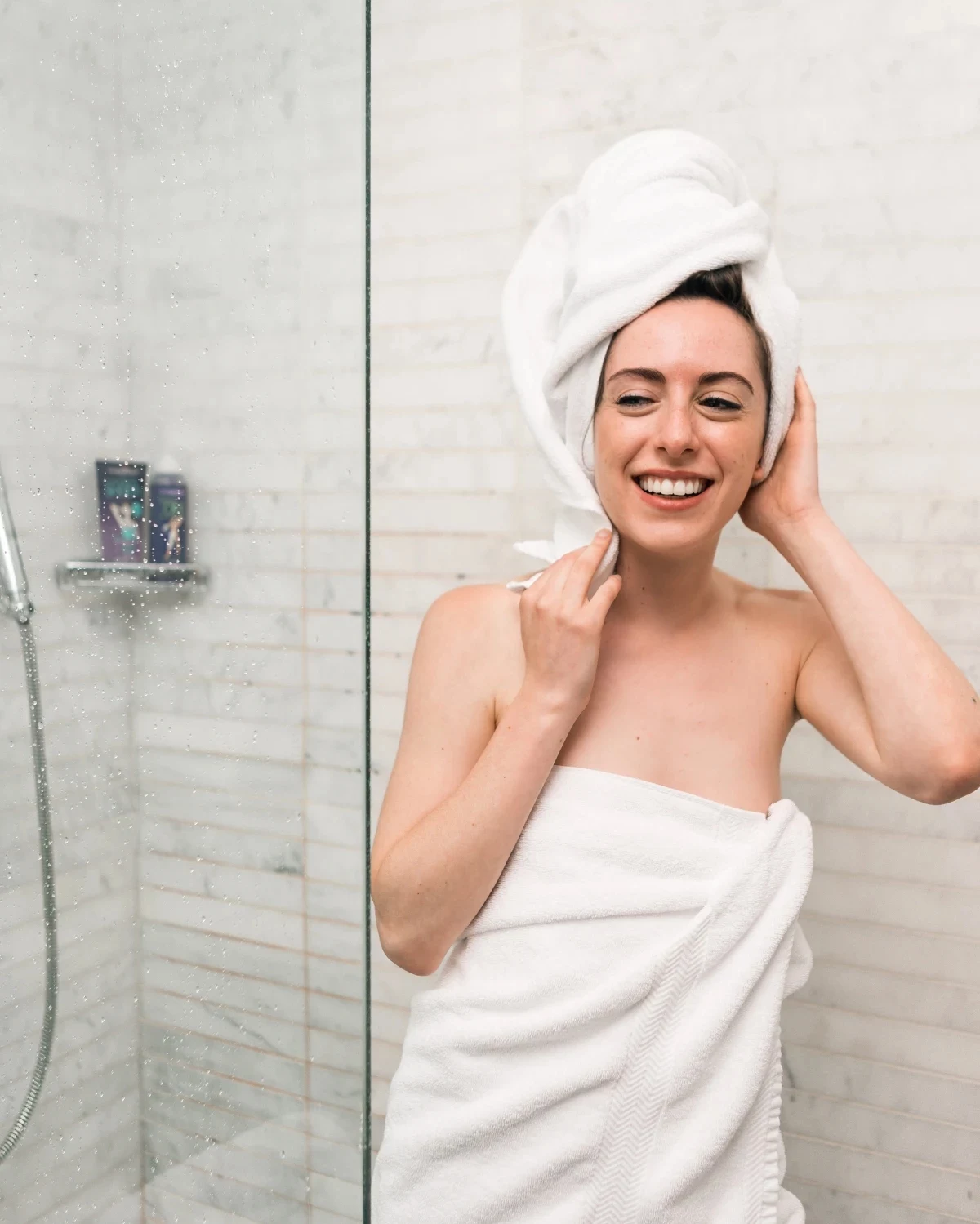
So, What’s Actually Happening to Your Body?
To really get the most out of your shower, it helps to understand what’s going on under the surface. It’s not magic; it’s just your body responding to heat in some pretty cool ways.
The biggest thing happening is something called vasodilation. It’s a fancy word, but the concept is simple. The warmth from the water tells the muscles in your blood vessel walls to chill out and relax. As they relax, the vessels widen, kind of like un-kinking a garden hose. This lets more blood flow freely, especially to your skin and muscles.
And why does that matter? Because blood is your body’s personal delivery service. It rushes oxygen and nutrients to tired cells and, just as importantly, carries away the junk that builds up, like lactic acid, which makes you feel sore after a workout. Better circulation means faster delivery and faster cleanup. It’s the reason a warm shower feels like a miracle on an aching back.
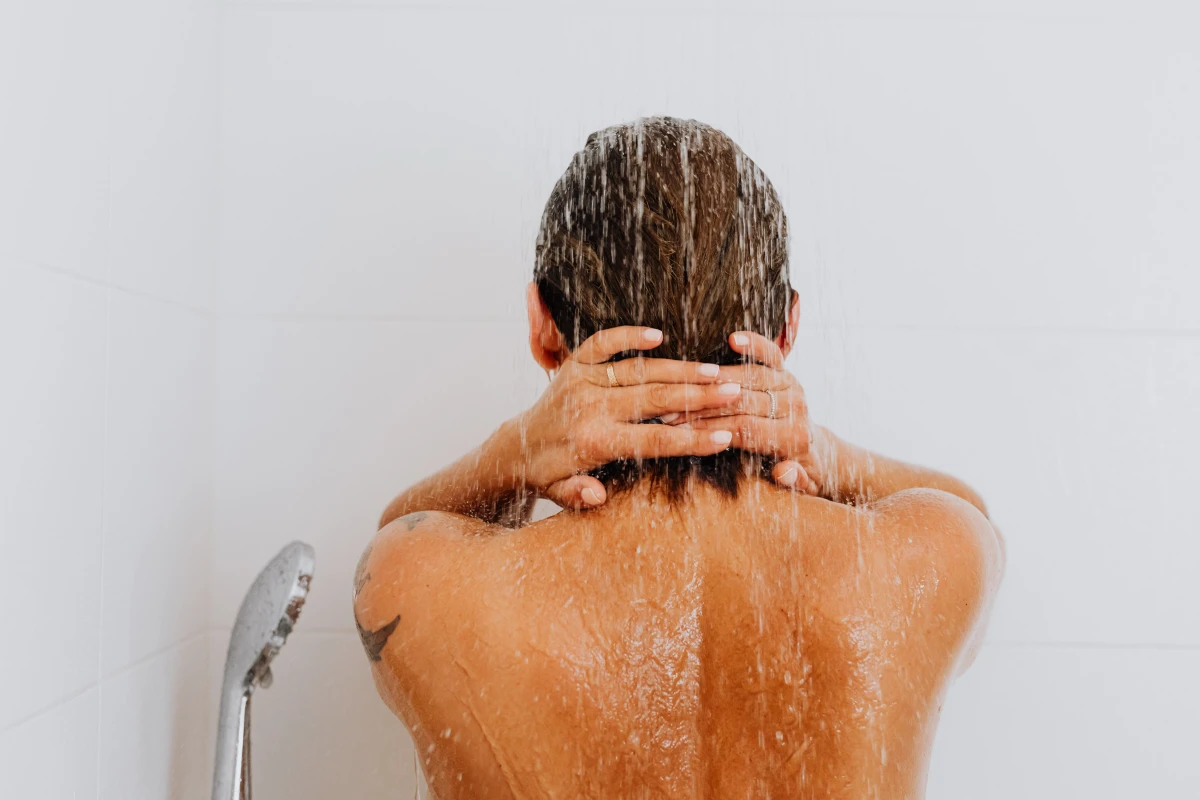
Oh yeah, and it works on your nerves, too. The warmth helps your body switch from its “fight or flight” stress mode to its “rest and digest” recovery mode. The sensation is calming and non-threatening, telling your brain it’s safe to lower its guard. Your heart rate might slow a bit, and your breathing gets deeper. That’s the core of that ahhh-I-feel-so-relaxed feeling.
Try This Tonight: The Pre-Sleep Shower Protocol
So many people tell me a warm shower helps them sleep, and there’s a good reason for that. Your body temperature naturally dips at night to signal that it’s time for bed. A warm shower temporarily raises your body temp. When you get out, the rapid cool-down that follows actually enhances that natural temperature drop, making it easier to fall asleep.
The timing is key, though. From my experience, the sweet spot is taking a 15-minute warm shower about 90 minutes before you plan to hit the hay. This gives your body enough time to go through the whole cool-down process. Give it a shot tonight and see if you don’t sleep like a log.
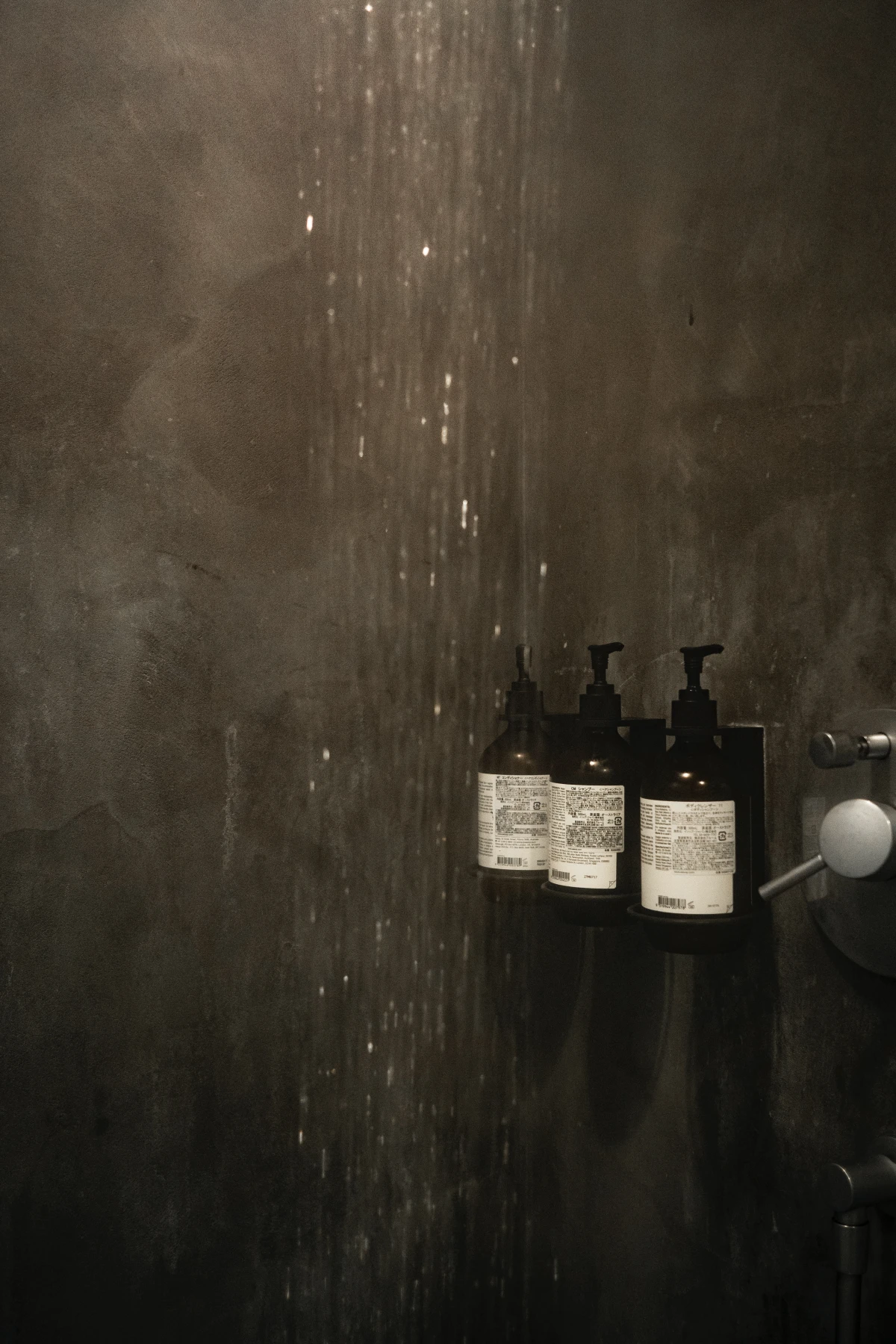
Your Shower Toolkit: Getting Specific Results
Let’s move from just taking a shower to having a therapeutic session. You can do this at home with a few small tweaks.
For Sore Muscles and Post-Workout Recovery
After a tough workout or a long day of yard work, your muscles are screaming for relief. Here’s how to deliver it:
- Temperature: Aim for a range between 100°F and 105°F. It should feel comfortably warm, not scalding. A quick test: if your skin turns bright red immediately, it’s too hot.
- Duration: Stick to 10-15 minutes. Long enough to get the benefits, but not so long that you dry out your skin.
- Technique: A detachable shower head is your best friend here. You can find a great one with different settings (like rain, stream, and pulse) on Amazon or at Home Depot for between $30 and $80. Use it to focus the warm spray directly on sore spots—your lower back, hamstrings, shoulders—for a couple of minutes each. The pulse setting can act like a gentle massage, which is amazing for muscle knots.
- Lesser-known trick: No detachable head? No problem. You can just lean your sore muscle group against the shower wall where the water is hitting. It’s not as targeted, but it definitely still helps.
- Pro-Tip: While you’re in there, try some gentle stretches. With the warm water on your neck, do some slow neck rolls. Or place your hands on the wall and do a simple calf stretch. Just be sure you have a non-slip mat down first for safety!
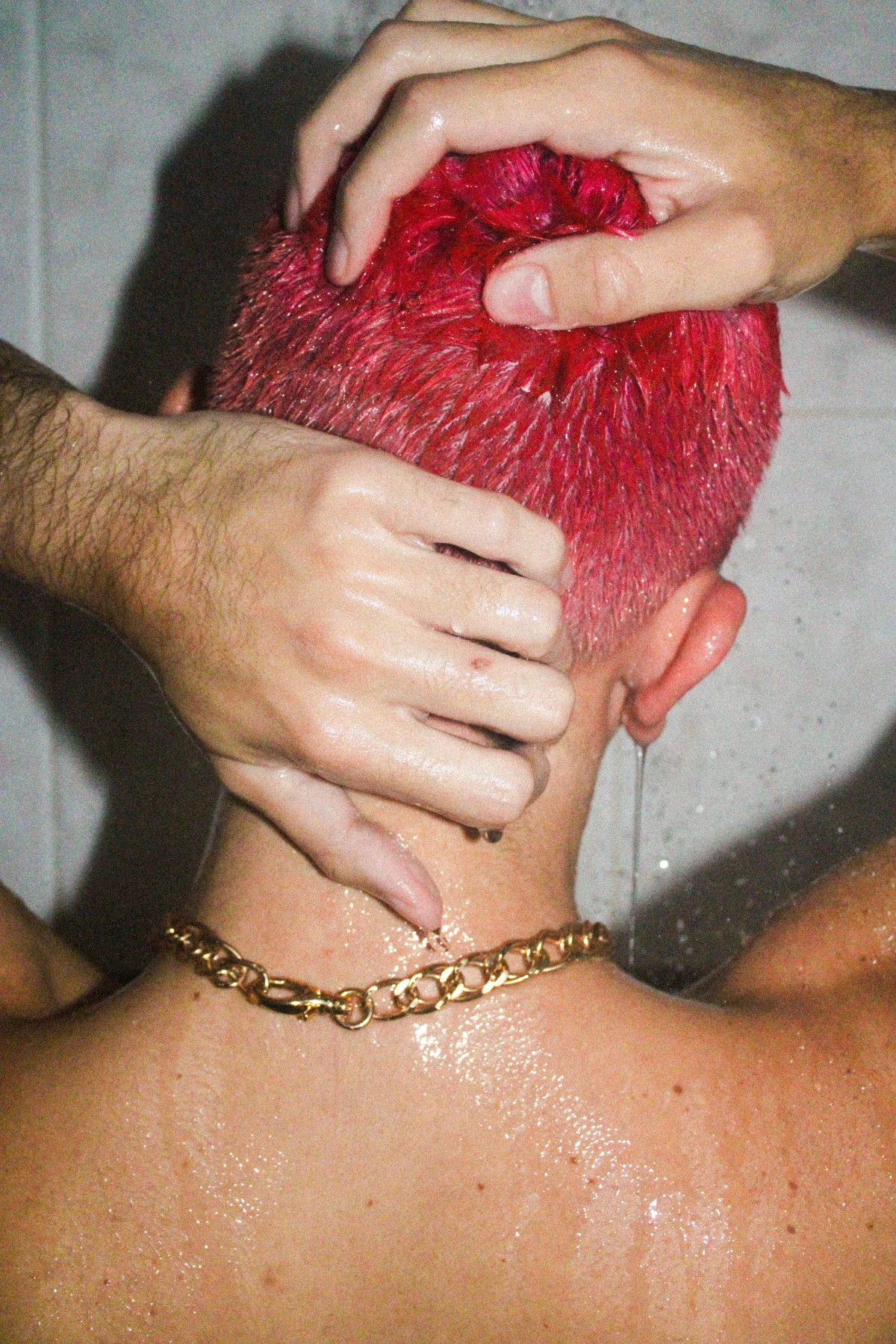
For Sinus Pressure and Congestion
When you’re stuffed up from a cold, steam is your best natural decongestant. It adds moisture to your nasal passages and helps thin out all the gunk.
- Technique: Close the bathroom door and let the shower run a bit hotter than usual for a minute to get the room nice and steamy. Then, adjust the temperature down to a comfortable level before you get in. Breathe deeply through your nose and let the steam work its magic.
- Enhancement: To add a little aromatherapy, put a few drops of eucalyptus or peppermint oil on a washcloth and place it on the shower floor, away from the direct stream of water. The steam will vaporize the oil and fill the air. Heads up! NEVER apply essential oils directly to your skin in the shower; they’re way too concentrated and can cause a nasty irritation.
For Healthy, Happy Skin
Let’s clear up a common myth: warm water doesn’t “open” your pores (pores don’t have muscles to open and close). What it does do is soften the natural oils and debris trapped inside them, making everything easier to wash away with a gentle cleanser. This can be a game-changer for preventing clogged pores.
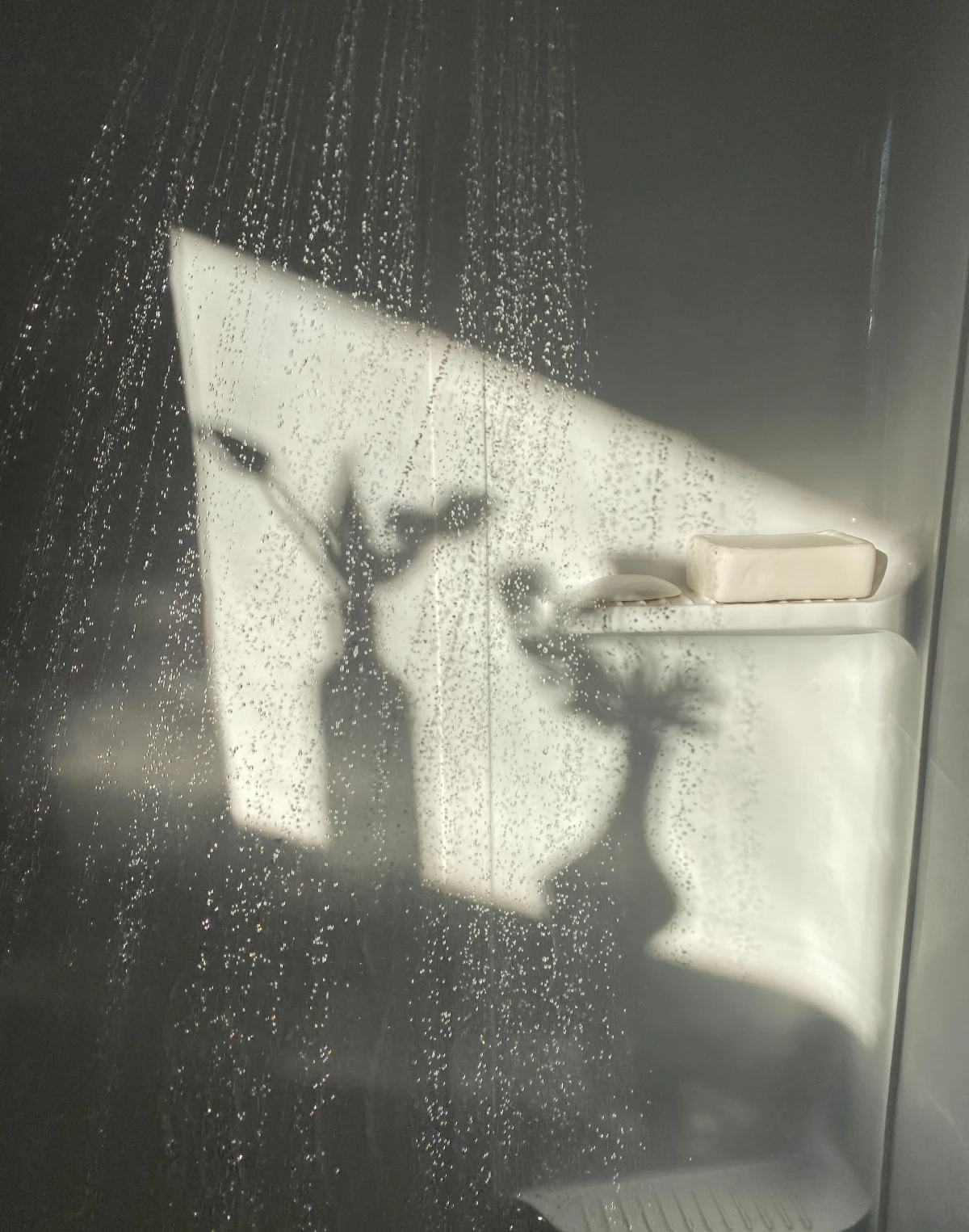
- Temperature: Lukewarm is best. Water that’s too hot strips your skin of its protective oils, leaving it dry, itchy, and irritated.
- Post-Shower Care: This is CRITICAL. The three minutes after your shower are golden. Pat your skin gently with a towel—don’t rub—and while it’s still a little damp, apply your moisturizer. This locks that water into your skin. For cleansers, look for something pH-balanced and gentle, like products from CeraVe or La Roche-Posay, which you can usually find for $10-$20 at any drugstore.
A Quick-Reference Guide (Your Shower Cheat Sheet)
Feeling overwhelmed? Don’t be. Here’s a simple breakdown. Since we’re not using tables, just think of these as little recipes for your shower.
For General Relaxation & Pre-Sleep:
Go for a warm shower (around 99°F-105°F) for about 15 minutes. The goal is to calm your nervous system. Try this 90 minutes before bed for the best sleep-inducing effects.
For Muscle Soreness:
Keep it warm (100°F-105°F) for 10-15 minutes. Use a detachable shower head on a pulse setting to target specific sore spots for 2-3 minutes each. For an extra boost, try a 30-second blast of cool (not ice-cold!) water at the very end to invigorate your circulation.
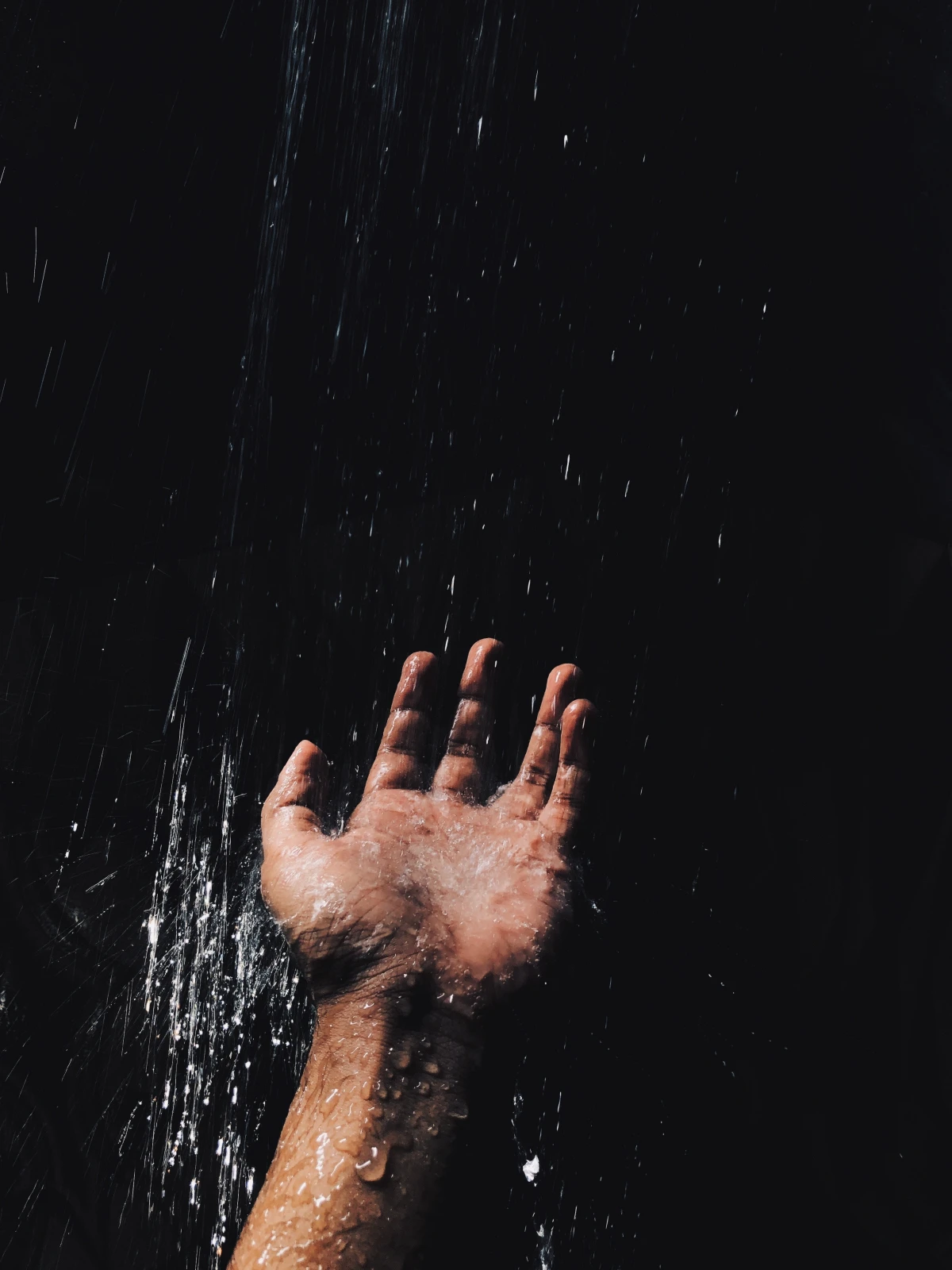
For Skin Health & Cleansing:
Stick to a lukewarm temperature (90°F-98°F) for 5-10 minutes. This is especially important if you have sensitive skin. And remember the golden rule: moisturize within three minutes of getting out!
Heads Up! Important Safety Warnings
A warm shower is usually very safe, but it’s not for everyone in every situation. My first rule is always to keep people safe, and that means knowing when not to do something.
This is the most important one: If you have any heart condition or blood pressure issues, you MUST talk to your doctor first. Hot water makes blood vessels widen, which can cause a sudden drop in blood pressure. For a healthy person, that’s no big deal. But if you have low blood pressure, it could make you dizzy or even faint—and the shower is a terrible place to fall. I once worked with a client who ignored this advice, got dizzy in a very hot shower, and had to sit on the shower floor until help arrived. It was a scary wake-up call. So please, be smart about this.
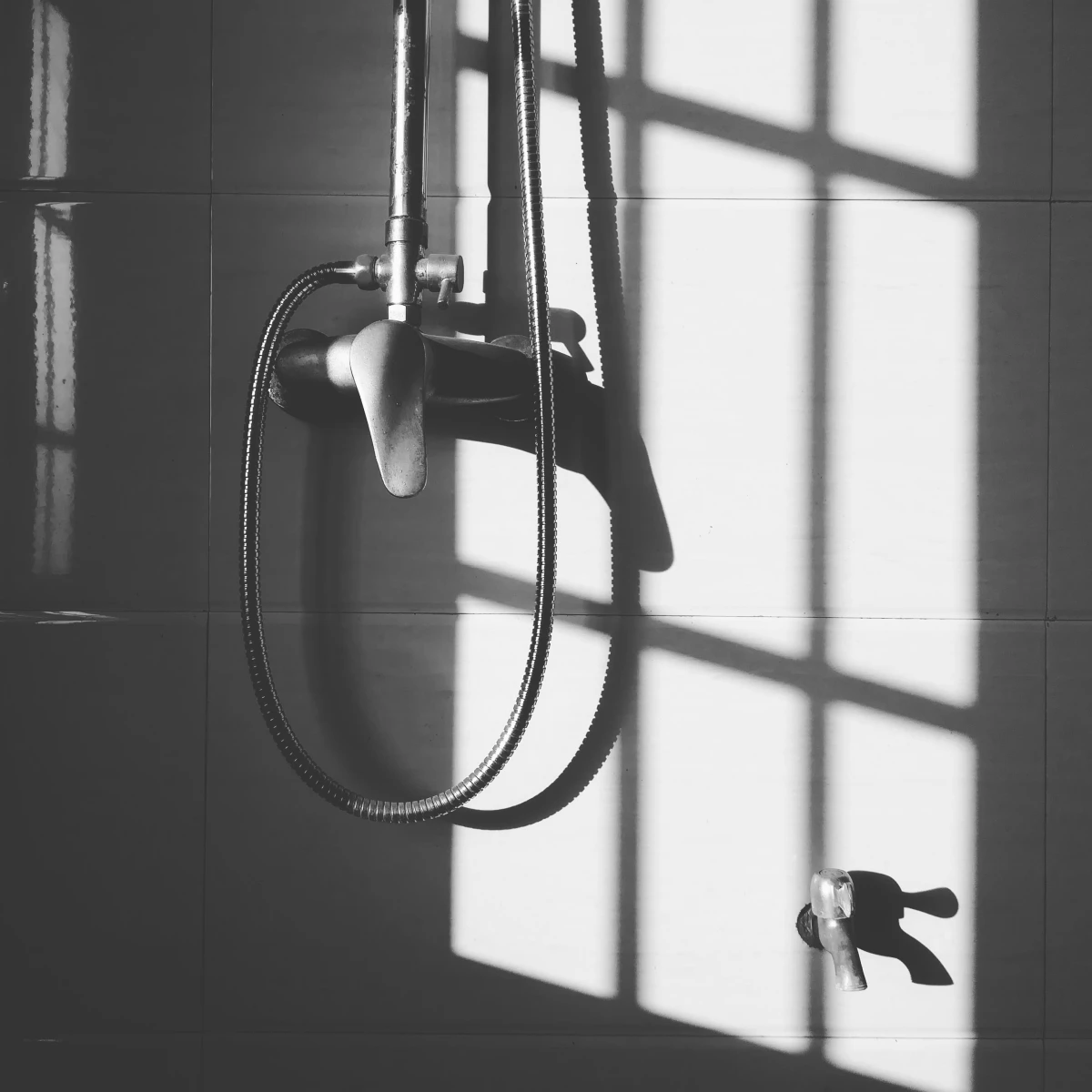
Also, if you’re pregnant, avoid very hot showers, especially in the first trimester, as raising your core body temperature can be risky. A comfortably warm shower is generally fine, but always check with your doctor.
For those with inflammatory skin conditions like eczema or rosacea, heat is often a trigger. Stick to short, lukewarm showers, and follow your dermatologist’s advice to the letter.
Finally, if you have diabetes or any nerve damage (neuropathy), you might not be able to accurately feel how hot the water is, creating a serious burn risk. Always test the water with your elbow or wrist first.
And remember, a shower is a fantastic supportive tool, but it isn’t a cure. If you’ve got persistent pain or a serious medical issue, your first stop should always be a qualified doctor or physical therapist. We use these techniques to support professional care, not replace it.
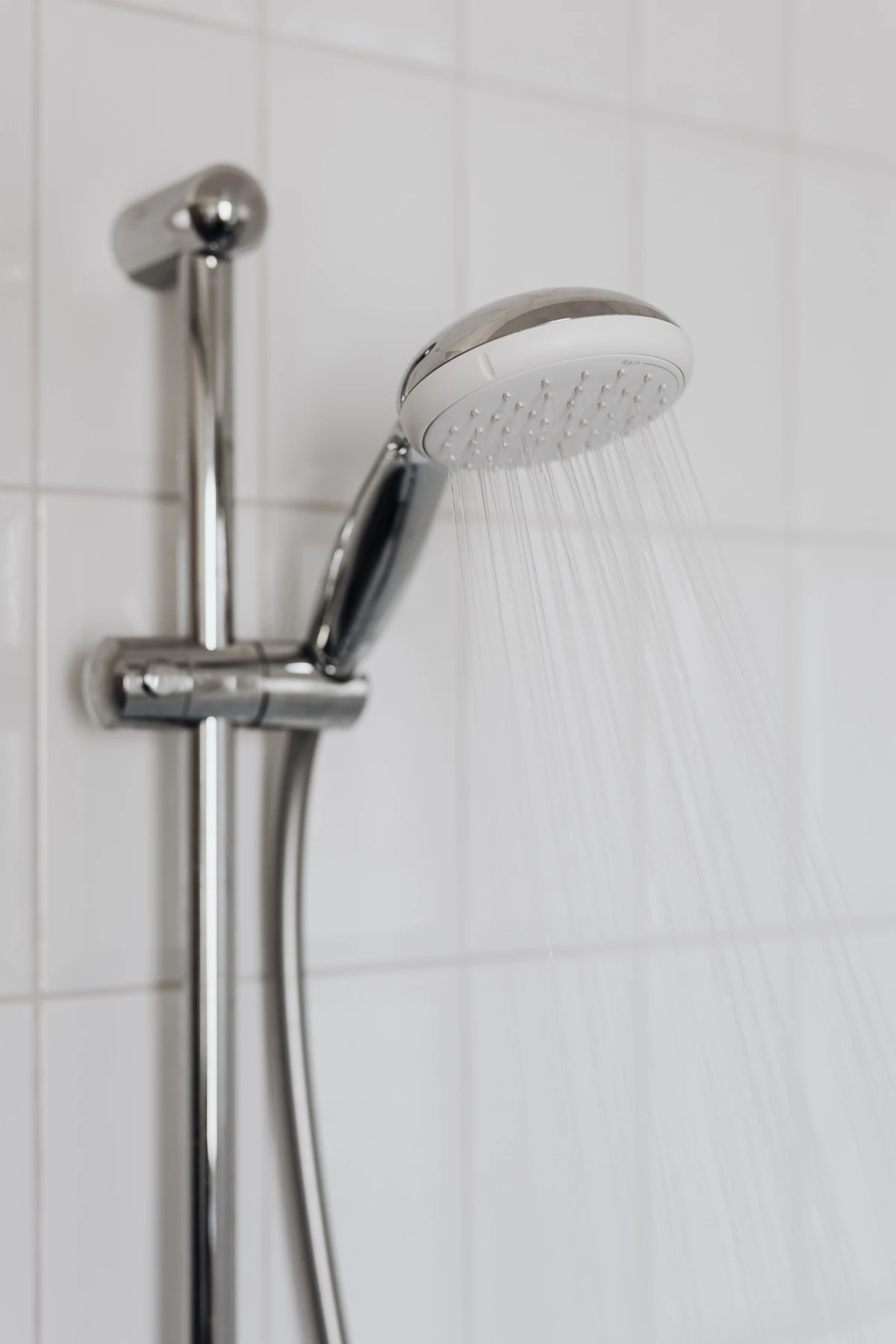
Inspirational Gallery
What are shower steamers, and how do they work?
Think of them as bath bombs for your shower. These small pucks are placed on the shower floor, away from the direct stream of water. As they get splashed, they fizz and release a potent cloud of essential oils into the steam, turning your shower into an instant aromatherapy session. For a calming evening shower, look for steamers with lavender and chamomile, like those from LUSH. For a morning energy boost, scents like eucalyptus and peppermint are incredibly effective.
The experience doesn’t end when the water turns off. Your post-shower routine is crucial for locking in the benefits. Instead of vigorously rubbing with a towel, gently pat your skin dry. While your skin is still slightly damp, apply a nourishing body oil like sweet almond or jojoba. The residual warmth and moisture on your skin will help the oil absorb deeply, leaving your skin feeling supple and hydrated for hours, extending that feeling of wellness.
A study published in the Journal of Alternative and Complementary Medicine found that inhaling citrus fragrance (like bergamot or sweet orange) improved mood and reduced stress levels in participants.
This is easy to apply in your own shower. Simply add a few drops of a citrus essential oil onto a washcloth and place it in a corner of your shower. The steam will diffuse the scent, providing a scientifically-backed mood lift before you’ve even had your coffee.
- Reduces muscle soreness and inflammation.
- Boosts circulation for a healthy glow.
- Sharpens mental focus and alertness.
The secret? Contrast therapy. It’s a simple technique used by athletes worldwide. At the end of your warm shower, turn the water to as cold as you can tolerate for 30 seconds. Switch back to warm for 1-2 minutes, then repeat the cold blast. Do this three times, always ending on cold for an invigorating jolt to your system.
Rainfall Showerhead: Delivers a gentle, broad flow of water that mimics natural rain. It’s incredibly calming and perfect for meditative, stress-reducing showers where the goal is to unwind. The sensation is less about pressure and more about total, soothing coverage.
High-Pressure Wand: Ideal for targeted therapy. Use it to massage a sore neck, tight shoulders, or an aching lower back. The concentrated, powerful stream acts as a form of hydro-massage, helping to break up knots and stimulate blood flow to specific problem areas.
Many modern systems, like the Kohler Statement collection, offer both options in one setup, allowing you to choose your therapy daily.
A crucial point: There’s a fine line between therapeutic warmth and damaging heat. Water temperature above 112°F (44°C) can strip your skin of its natural oils, leading to dryness, irritation, and even exacerbating conditions like eczema. The ideal therapeutic temperature is comfortably warm, like a perfect bath—around 98-105°F (37-40.5°C). It should feel soothing, not scalding.
Don’t neglect the power of sound. The drone of a fan or traffic outside can subtly pull you out of a relaxed state. Create a dedicated shower playlist on Spotify—think ambient soundscapes, instrumental music, or even guided meditations. A small waterproof speaker, like a JBL Clip or an Ultimate Ears WONDERBOOM, can transform the acoustic environment of your bathroom and deepen your relaxation.
Your evening shower can be a powerful signal to your brain that it’s time to wind down for sleep. Try this simple ritual:
- About an hour before bed, dim the bathroom lights or use a single salt lamp for a warm glow.
- Place a few drops of lavender or ylang-ylang essential oil on the shower floor.
- Focus on the sensation of the warm water and deep, slow breathing.
- Afterward, slip directly into pajamas to maintain that cozy, relaxed feeling.
The Environmental Protection Agency (EPA) estimates that the average shower in the United States lasts about 8 minutes and uses around 17 gallons of water.
A wellness shower doesn’t have to be wasteful. You can enhance the therapeutic benefits while being mindful by installing a water-saving showerhead, like one with a WaterSense label, which uses at least 20% less water without sacrificing performance. This allows you to enjoy the experience, guilt-free.
- To gently exfoliate dead skin cells.
- To stimulate circulation with a brisk scrub.
- To enjoy the invigorating aroma of fresh coffee.
The secret? A two-minute DIY body scrub. Before you step in the shower, simply mix half a cup of used coffee grounds with two tablespoons of melted coconut or olive oil. It’s a zero-waste, all-natural way to give your skin an extra boost.










